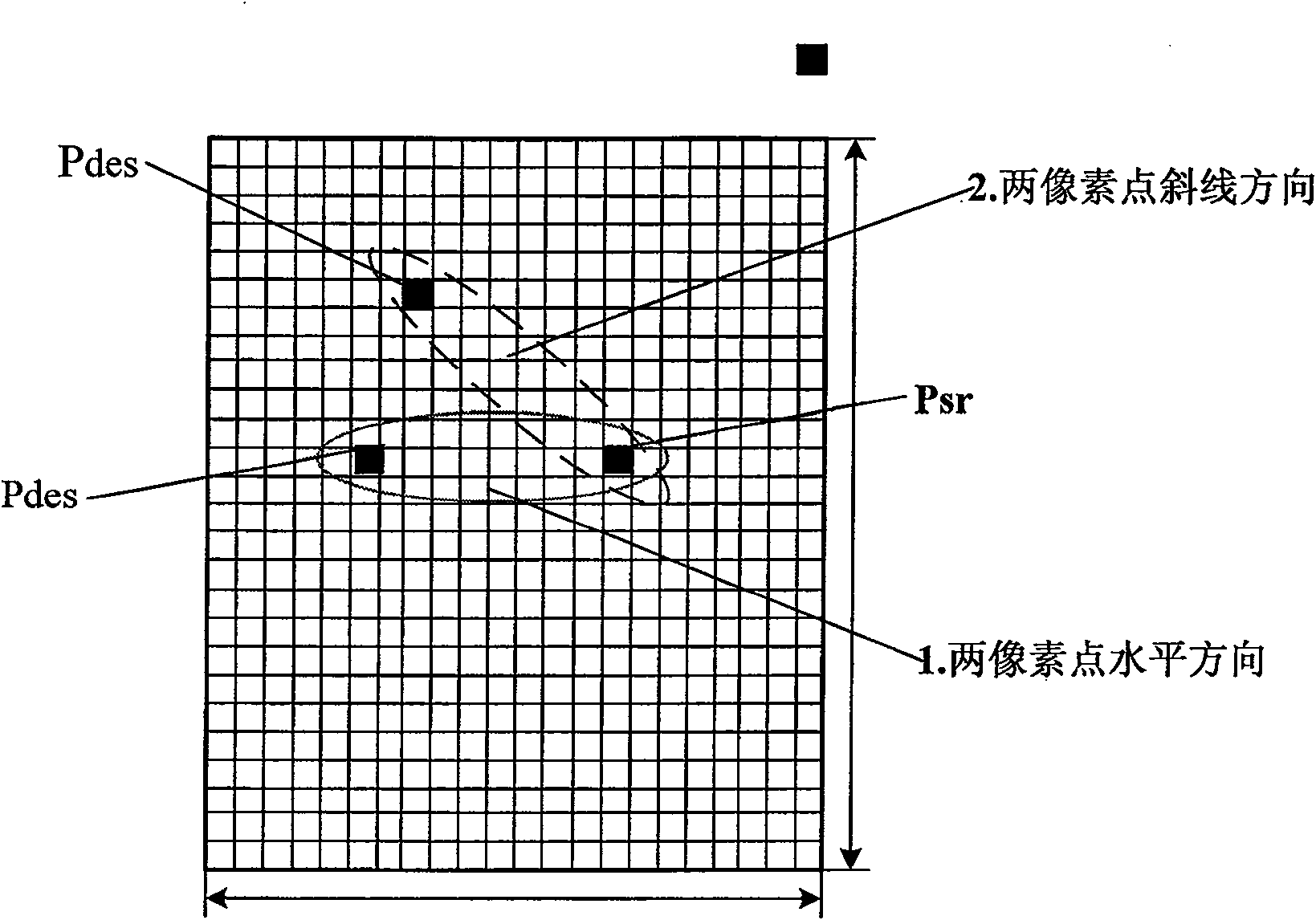Reprocessing method for maximum-density projection image data
A technology of maximum density and projected image, applied in the field of image processing, it can solve the problems of deformation and blurred details of 3D image tissue texture, and achieve the effect of realistic 3D projection image, clear tissue texture details, and no deformation.
- Summary
- Abstract
- Description
- Claims
- Application Information
AI Technical Summary
Problems solved by technology
Method used
Image
Examples
Embodiment Construction
[0039] Below according to accompanying drawing and embodiment the present invention will be described in further detail:
[0040] 1. Record the offset of adjacent slice layers on the projection plane
[0041] Such as figure 1 As shown, assuming that there are a total of N in the image sequence 1 images, denoted as Q 1 , Q 2 ,...,Q N , the vertices of each image sequence correspond to the points on the two-dimensional plane and are recorded as P 1 , P 2 ,...,P N . In a two-dimensional plane, from these points one can obtain P 2 relative to P 1 The offset (Δx 1 , Δy 1 ), P 3 relative to P 2 (Δx 2 , Δy 2 ),...., until P N relative to P N-1 The offset (Δx N-1 , Δy N-1 ).
[0042] 2. Process the MIP image
[0043] There are many methods for performing maximum density projection on image sequences in the prior art. Since the present invention performs post-processing on the data obtained after maximum density projection, it is not limited to a specific maximum d...
PUM
 Login to View More
Login to View More Abstract
Description
Claims
Application Information
 Login to View More
Login to View More - R&D
- Intellectual Property
- Life Sciences
- Materials
- Tech Scout
- Unparalleled Data Quality
- Higher Quality Content
- 60% Fewer Hallucinations
Browse by: Latest US Patents, China's latest patents, Technical Efficacy Thesaurus, Application Domain, Technology Topic, Popular Technical Reports.
© 2025 PatSnap. All rights reserved.Legal|Privacy policy|Modern Slavery Act Transparency Statement|Sitemap|About US| Contact US: help@patsnap.com



